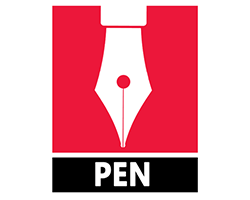Research article | Open Access
International Journal of Innovative Approaches in Science Research 2024, Vol. 8(4) 159-166
A Study on Developing a Sustainable In Vitro Propagation Method for Myrtle (Myrtus communis L.)
pp. 159 - 166 | DOI: https://doi.org/10.29329/ijiasr.2024.1102.3
Publish Date: December 30, 2024 | Single/Total View: 61/47 | Single/Total Download: 83/55
Abstract
Myrtle (Myrtus communis L.), one of the typical natural plants of the Mediterranean Basin, has economic and ecological importance due to the essential oil obtained from its leaves, its fruits and its potential for use as an ornamental plant. However, factors such as habitat loss, overharvesting and low natural reproduction rates threaten the sustainability of myrtle populations. This research was carried out to determine the most appropriate nutrient medium combination for sustainable in vitro propagation of myrtle, to determine the optimum conditions for rooting of in vitro propagated plantlets and to acclimate the rooted plantlets to external conditions. MS + 1 mg/l BAP + 0.2 mg /l IBA medium gave the most successful results in terms of shoot number per explant and shoot length. The results obtained showed that myrtle clones selected for different purposes can be propagated in a short time by tissue culture.
Keywords: Myrtus Communis, In Vitro Propagation, Shoot Regeneration
| How to Cite this Article? |
|---|
|
APA 7th edition Harvard Chicago 16th edition |
| References |
|---|
|

